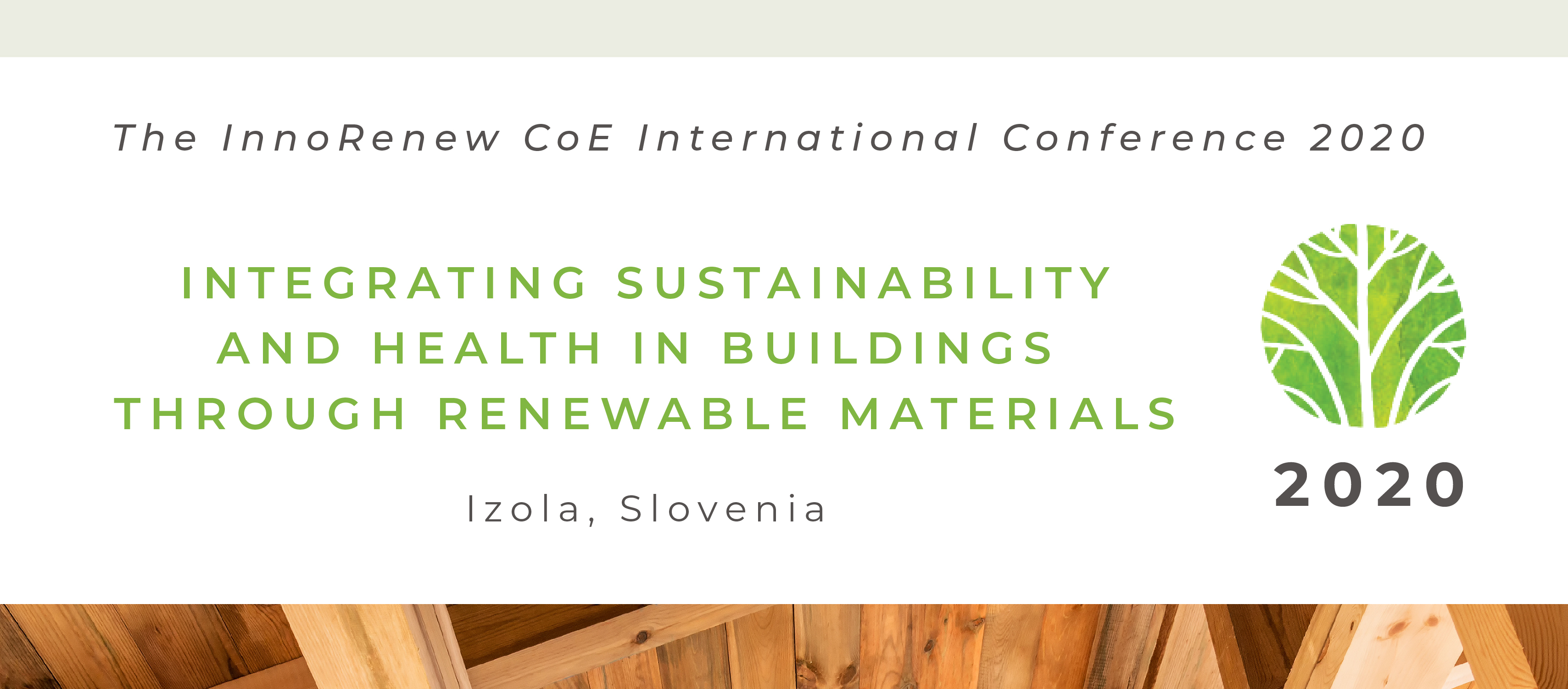Speaker
Description
The natural environment encourages learning and playing. Many studies have proven that children can develop more complex and creative play in nature due to diversity of materials and objects in comparison to indoors or standardized playgrounds (Kos, 2013). Through play, children learn about themselves and the physical, social and cultural environment in which they live. This develops empathy (Wilson, 2008). Hopwood-Stephens (2013) points out that nature is especially needed by troubled children who constantly break the rules within school facilities. According to Gyorek (2010), yards and gyms are the only spaces where children are physically active. Štemberger (2012) also pointed out the lack of move-ment for pupils in connection with being overweight.
In this article, we present a concept of an outdoor natural thematic path to be installed in a school’s environment in order to influence children’s physical and psychical development. The path is designed with wood and other natural materials. Design of the natural path was prepared in cooperation with interdisciplinary experts and discusses the importance of pre-cisely focused practices for physical development, sensory stimulation, development of con-centration, orientation in space, overcoming one's own boundaries and gaining self-esteem, development of synaptic connections in the brain, visual memory, stimulation of social and moral development, development of motivation, teamwork, sense of belonging, interdisci-plinary work and ecological awareness.
In this paper, we will discuss the response of future users and change of the school’s learn-ing processes, which until now have been designed for the needs of a frontal learning system and, therefore, unfriendly to users. By communicating the reasons why learning processes need to be placed as much as possible in the natural environment, and the solution given, we want to suggest crucial changes for the future development of schoolyards for more socially and environmentally sustainable development of education.
Keywords: thematic path, wood, nature integration, school environment, cognitive development, sustainable development, motoric skills, sensory stimuli, cross-curricular integration, change of learning environment, architectural planning of outdoor space
Acknowledgements: We gratefully acknowledge receiving funding from the Horizon 2020 Framework Programme of the European Union, H2020 WIDESPREAD-2-Teaming: #739574.
REFERENCES
Gyorek, N. 2010. Forest Pedagogy in Slovenia. Encountering, Experiencing and Exploring Nature in Education: Collection of conference's papers, 10th annual EOE Conference (str.298-304). Rateče: Olimpic Sports Centre Planica. http//www.csod.si/uploads/file/Mednarodna%20konferenca/Zbornik%202010_4.pdf
Hopwood-Stephens, I. 2013. Learning on your doorstep: Stimulating writing through creative play outdoors for ages 5-9. New York, London: Routhledge.
Kos, M. in Jerman, J. 2013. Provisions for outdoor play and learning in Slovene preschools. Journal of Adventure Education and Outdoor Learning. 13(3).
Štemberger, V. 2012. Šolsko okolje kot učno okolje ali pouk zunaj. Razredni pouk: revija Zavoda RS za šolstvo, 14 /1/2), 84-90.
Wilson, R. 2008. Nature and Young Children. Outdoors. London.
| Consider my submission for a full-paper in the IPBE special edition for the conference? | Yes, please. |
|---|

